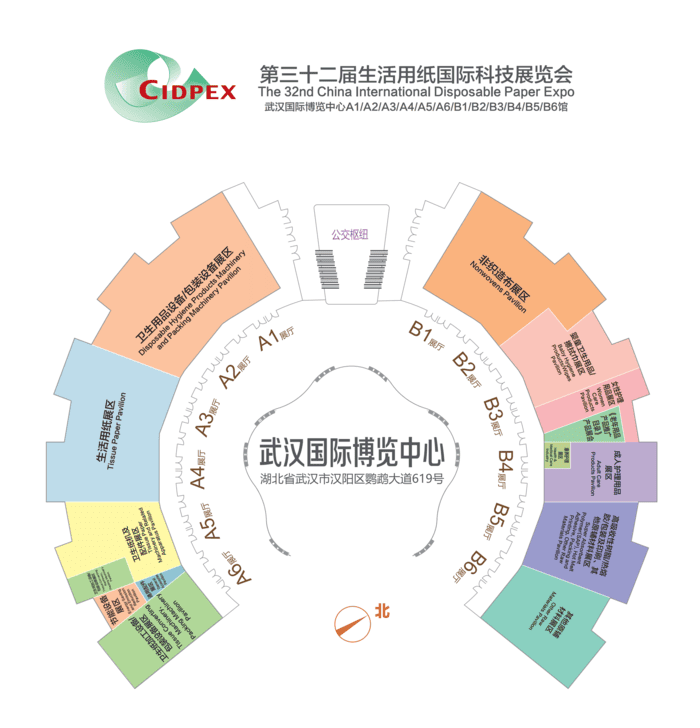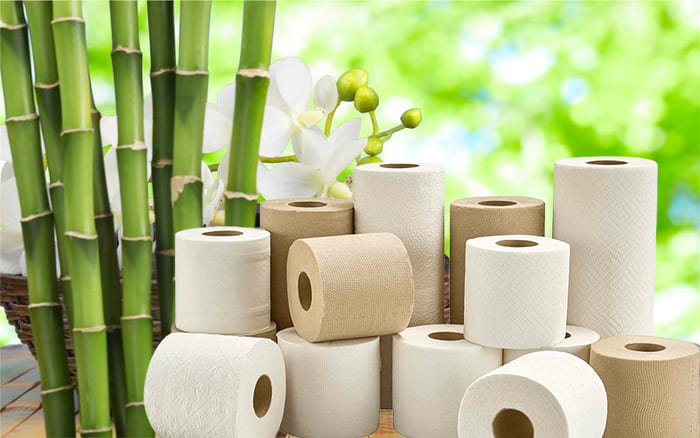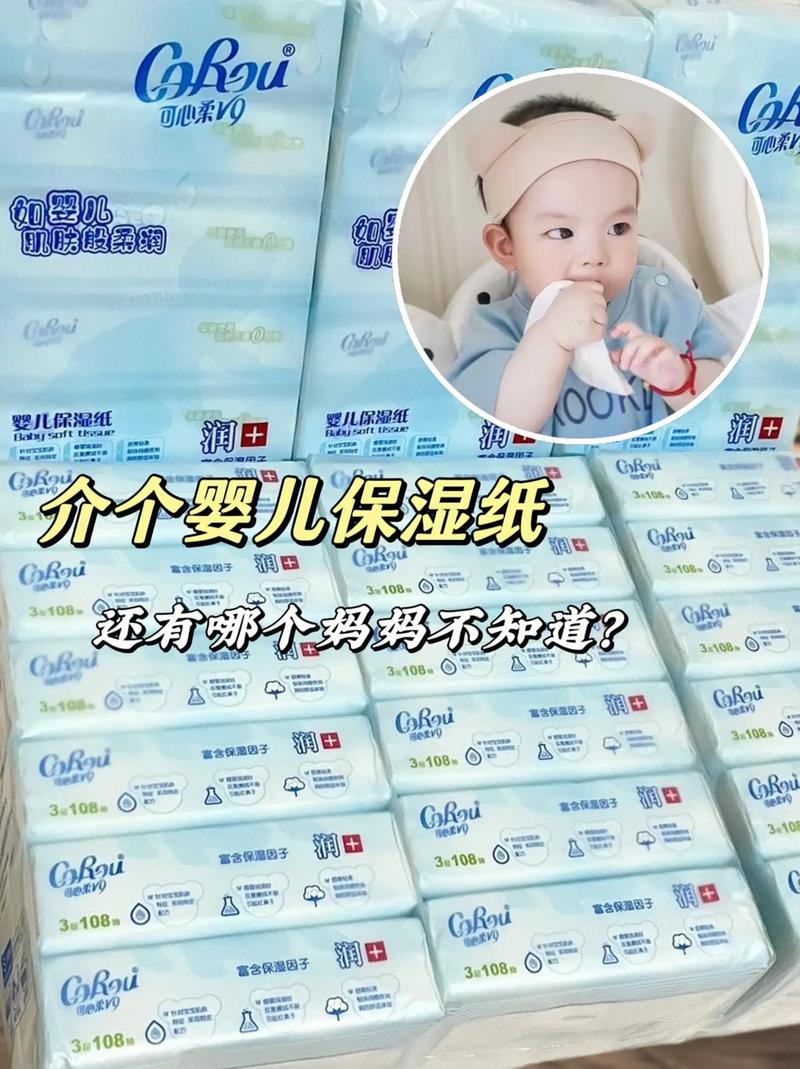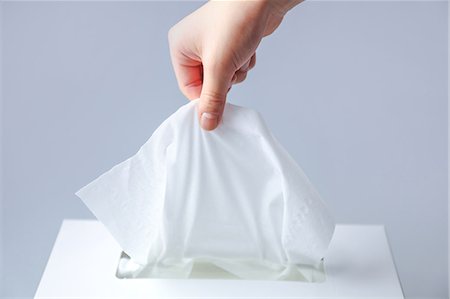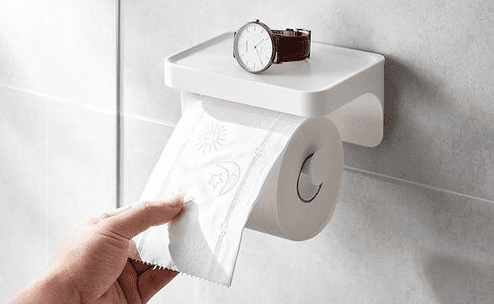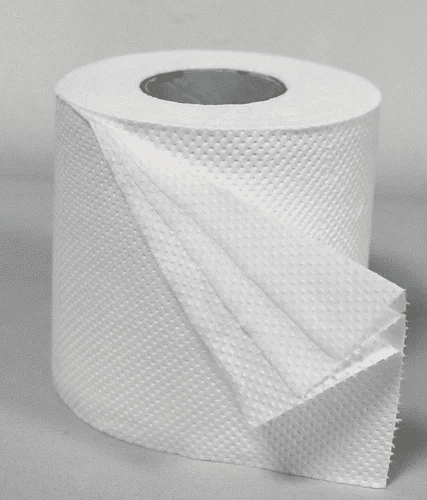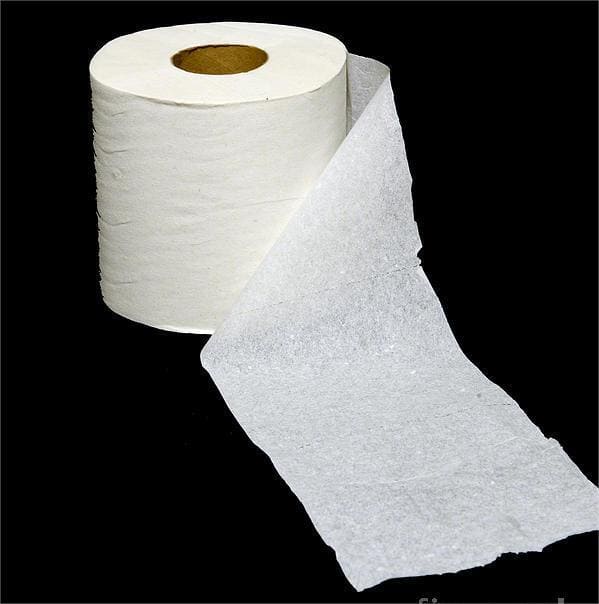Consumer Preferences for Tissue Paper Across Different Countries
Introduction
In the global market for tissue paper products, consumer preferences vary significantly across different countries. These variations in tactile requirements influence manufacturers in terms of market positioning and product design. Understanding these preferences is crucial for tissue paper producers to effectively cater to diverse consumer needs and optimize their product offerings.
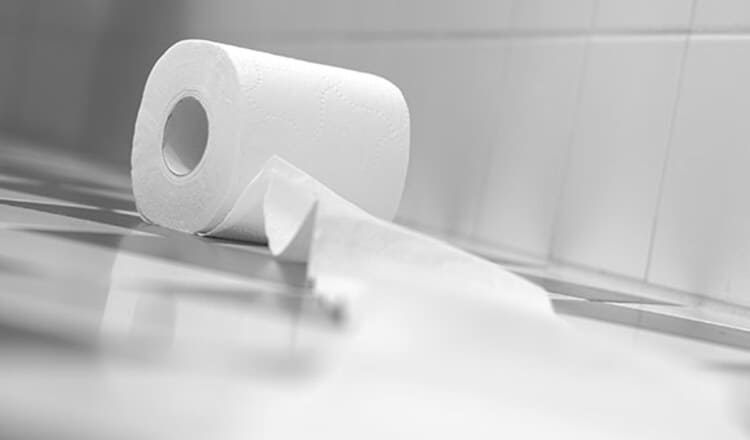
Variations in Tactile Preferences
1. Texture and Softness
- Western Countries: Consumers in Western countries, such as the USA and Europe, generally prefer softer and more luxurious tissue paper. They prioritize comfort and a gentle touch, often opting for multi-ply products that provide a plush feel.
- Asia: In many Asian countries, the preference leans towards tissue paper that balances softness with strength. Consumers value durability alongside comfort, leading to a demand for products that are both soft and resilient.
- Middle East and Africa: In these regions, there is a mixed preference. Some consumers prioritize softness, while others look for more economical options that may sacrifice some degree of comfort for cost-effectiveness.
2. Thickness and Absorbency
- North America: Consumers tend to prefer thicker, more absorbent tissue papers, especially for kitchen towels and napkins. This preference is driven by the need for efficiency and effectiveness in cleaning tasks.
- Europe: European consumers also value absorbency but often seek a balance between thickness and environmental sustainability. There is a growing trend towards eco-friendly, recycled tissue products that do not compromise on performance.
- Developing Countries: In many developing countries, affordability is a key factor. Consumers might opt for thinner, less absorbent tissues that offer a lower price point, making them accessible to a broader audience.
Impact on Market Positioning and Product Design
1. Market Segmentation
- Manufacturers must segment their markets based on regional preferences and economic factors. This segmentation allows for targeted marketing strategies and product offerings that resonate with specific consumer bases.
- For instance, in regions with a preference for luxury and softness, premium products can be positioned as the go-to choice for discerning customers. Conversely, in price-sensitive markets, more economical options should be highlighted.
2. Product Innovation
- Understanding diverse tactile preferences drives innovation in product design. Manufacturers can develop new products that meet specific regional needs, such as ultra-soft tissues for Western markets or durable yet soft tissues for Asian markets.
- Innovations in material sourcing and production processes can also address sustainability concerns, appealing to environmentally conscious consumers in Europe and other regions.
3. Marketing Strategies
- Effective marketing strategies must communicate the unique selling points of tissue paper products that align with local preferences. Highlighting features such as softness, absorbency, strength, and sustainability can attract targeted consumer segments.
- Localization of marketing efforts, including language adaptation and culturally relevant messaging, enhances consumer connection and brand loyalty.
Understanding and adapting to the tactile preferences of consumers in different countries is essential for tissue paper manufacturers aiming to succeed in the global market. By segmenting markets, innovating product designs, and implementing localized marketing strategies, manufacturers can effectively cater to diverse consumer needs and establish a strong market presence.
Production Processes for Different Texture and Softness Preferences in Tissue Paper
To meet the varying preferences for texture and softness in tissue paper across different countries, manufacturers must adopt specific production processes. These processes are tailored to create products that align with regional consumer demands, ensuring satisfaction and brand loyalty.
Production Processes for Soft and Luxurious Tissue Paper (Western Countries)
1. Multi-Ply Manufacturing
- Process: Utilize multi-ply construction, where multiple layers of tissue are bonded together to enhance softness and thickness.
- Benefits: This process increases the plushness and comfort of the tissue, making it ideal for consumers who prioritize a luxurious feel.
2. Creping Technology
- Process: Implement advanced creping techniques during the drying phase. Creping involves scraping the tissue off the dryer cylinder with a doctor blade, creating a soft and wrinkled texture.
- Benefits: Creping enhances the softness and flexibility of the tissue, giving it a gentle touch that is highly valued in Western markets.
3. Air-Drying Technology (Through-Air Drying)
- Process: Use through-air drying (TAD) technology, where hot air is blown through the wet tissue web instead of pressing it. This process reduces fiber bonding and increases bulkiness.
- Benefits: TAD technology produces exceptionally soft and absorbent tissue with a high-quality feel.
Production Processes for Balanced Softness and Strength (Asia)
1. Wet Pressing
- Process: Employ wet pressing methods that balance the removal of water while preserving fiber integrity. This involves pressing the wet tissue web against a felt or wire mesh.
- Benefits: Wet pressing provides a balance between softness and strength, ensuring the tissue is durable yet comfortable.
2. Blend of Fiber Types
- Process: Use a blend of different fiber types, such as a mix of hardwood and softwood pulps. Hardwood fibers contribute to softness, while softwood fibers add strength.
- Benefits: This fiber blend allows manufacturers to create tissue paper that meets the dual demands of softness and resilience.
3. Chemical Additives
- Process: Incorporate chemical additives such as softeners and debonders during the pulping and papermaking stages. These chemicals modify the fiber surface properties.
- Benefits: Additives enhance the softness of the tissue without compromising its strength, achieving the desired balance for Asian markets.
Production Processes for Economical Options (Middle East and Africa)
1. Recycled Fiber Usage
- Process: Utilize recycled fibers to produce tissue paper. Recycled fibers are processed and cleaned before being formed into new tissue sheets.
- Benefits: Using recycled fibers reduces production costs, making the tissue more affordable while still maintaining adequate softness.
2. Single-Ply Manufacturing
- Process: Produce single-ply tissue paper, which involves creating a single layer of tissue rather than multiple layers.
- Benefits: Single-ply manufacturing is cost-effective and results in thinner tissue products, suitable for markets where price sensitivity is high.
3. Controlled Creping
- Process: Apply controlled creping techniques that create a balance between softness and cost. This involves adjusting the creping blade angle and pressure.
- Benefits: Controlled creping enhances the tissue’s softness while maintaining a lower production cost, making it suitable for budget-conscious consumers.
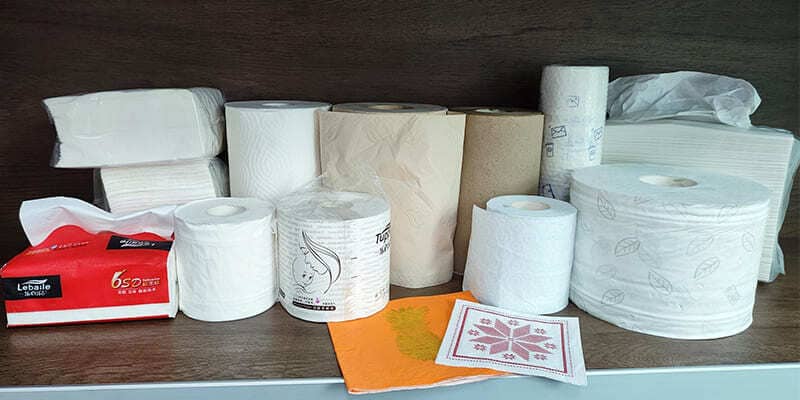
Conclusion
By adopting specific production processes tailored to regional preferences for texture and softness, tissue paper manufacturers can effectively meet the diverse demands of global markets. These processes ensure that products are designed to satisfy the unique tactile requirements of consumers, enhancing their market positioning and competitiveness.


